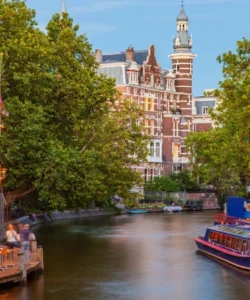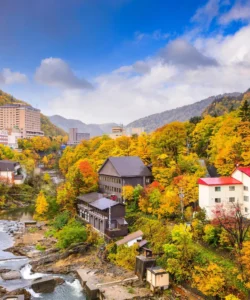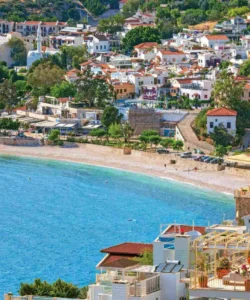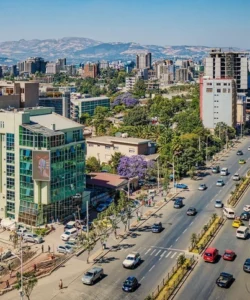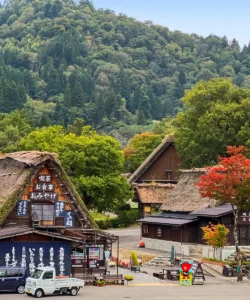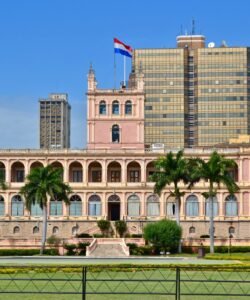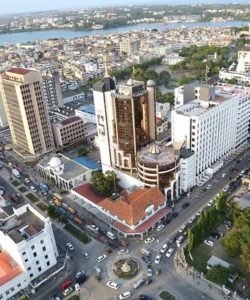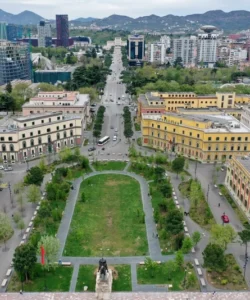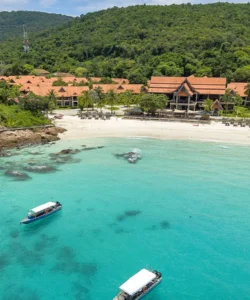Saint Pierre and Miquelon is a unique and charming archipelago located off the coast of Newfoundland, Canada. It is the last remnant of France’s vast North American colonial empire and holds a distinct European character in a North American setting.
![]()
Area and Population:
The archipelago covers a total land area of approximately 242 km² (93 sq mi). As of July 2025, its population is estimated to be around 5,574 inhabitants, making it a very small and intimate community.
Language:
The official language of Saint Pierre and Miquelon is French. Uniquely, the French spoken here is very close to Metropolitan French (the French spoken in France), contrasting with the various Canadian French dialects spoken in nearby Canada.
Currency:
As an overseas collectivity of France and part of the Eurozone, the official currency of Saint Pierre and Miquelon is the Euro (EUR). Canadian dollars are also widely accepted in many establishments.
Religion:
The predominant religion in Saint Pierre and Miquelon is Catholicism, reflecting its French heritage.
Capital:
The capital and largest town of Saint Pierre and Miquelon is Saint-Pierre, located on Saint Pierre Island. It is the primary port and the center of most activity.
Major Cities/Towns:
Beyond Saint-Pierre, the other significant inhabited island is Miquelon-Langlade, which consists of two linked islands: Miquelon and Langlade. The main settlement on Miquelon is the village of Miquelon.
Attractions and Wonders:
Saint Pierre and Miquelon offers a blend of French charm, maritime history, and rugged natural beauty.
- Ile aux Marins (Sailors’ Island): A short ferry ride from Saint-Pierre, this uninhabited island was once a bustling fishing community. Visitors can explore its small church, schoolhouse, museum, and a few preserved homes, offering a poignant glimpse into the island’s past.
- Musée de l’Arche (Arche Museum): Located in Saint-Pierre, this museum provides insight into the history, culture, and natural environment of the archipelago, including exhibits on the fishing industry, Prohibition-era rum-running, and local artifacts.
- Colorful Streets of Saint-Pierre: The town of Saint-Pierre is delightful to explore on foot, with its narrow streets, brightly painted wooden houses, and charming European feel. Look for the unique “tambours” (small covered entrances) on many homes.
- Miquelon Island: Accessible by ferry, Miquelon offers a more serene and natural experience. Explore the village of Miquelon, visit its church, and enjoy the vast landscapes, including sand dunes, wild horses, and diverse birdlife.
- Grand Colombier Island: A small, rocky island near Saint-Pierre, accessible by boat tour, it’s a significant migratory bird sanctuary, home to puffins, murres, and other seabirds.
- Lighthouse at Pointe aux Canons: Located near Saint-Pierre, offering scenic views and a historical perspective with its old cannons.
- Prohibition History: Learn about the islands’ intriguing role as a rum-running hub during the Prohibition era in the United States, which brought a brief period of prosperity.
Architecture:
The architecture of Saint Pierre and Miquelon is distinctly French colonial, but adapted to the North Atlantic climate. Buildings, especially in Saint-Pierre, are often wooden structures painted in bright colors, featuring steep roofs, small dormer windows, and unique enclosed porches or vestibules (tambours) to protect against the cold. Stone buildings are less common.
Roads:
The road network on Saint Pierre Island is primarily centered around the town of Saint-Pierre. Miquelon Island also has roads connecting its main village to various points of interest. However, there are no roads connecting Saint Pierre and Miquelon islands, and travel between them is exclusively by ferry or small plane. The roads themselves are generally well-maintained within the populated areas.
Hotels:
Accommodation options are limited but comfortable, primarily found in Saint-Pierre. There are a few hotels and guesthouses, often locally owned, offering a cozy and welcoming experience. Booking in advance is highly recommended, especially during peak season. There are more limited options on Miquelon.
Restaurants and Cuisine:
The cuisine of Saint Pierre and Miquelon is a delightful blend of French culinary traditions and local seafood. Given its location, fresh fish and shellfish are central to the diet, prepared with French flair.
- Key Dishes:
- Fresh Seafood: Expect excellent fresh fish (cod, halibut), scallops, mussels, and lobster, often prepared simply to highlight their natural flavor.
- French Classics: You’ll find traditional French dishes, pastries, cheeses, and wines.
- Fish Soup/Chowder: Hearty and warming, perfect for the climate.
- Boulangeries and Pâtisseries: Enjoy freshly baked bread, croissants, and exquisite French pastries.
- Local Specialties: Dishes may incorporate local berries or traditional recipes passed down through generations.
- Restaurants: Dining in Saint-Pierre offers a taste of authentic French cuisine alongside local seafood. There are a few restaurants and cafes, typically offering a cozy atmosphere. Given the small size of the islands, culinary options are fewer than in larger cities, but the quality of the food and the authentic French experience are highlights.

